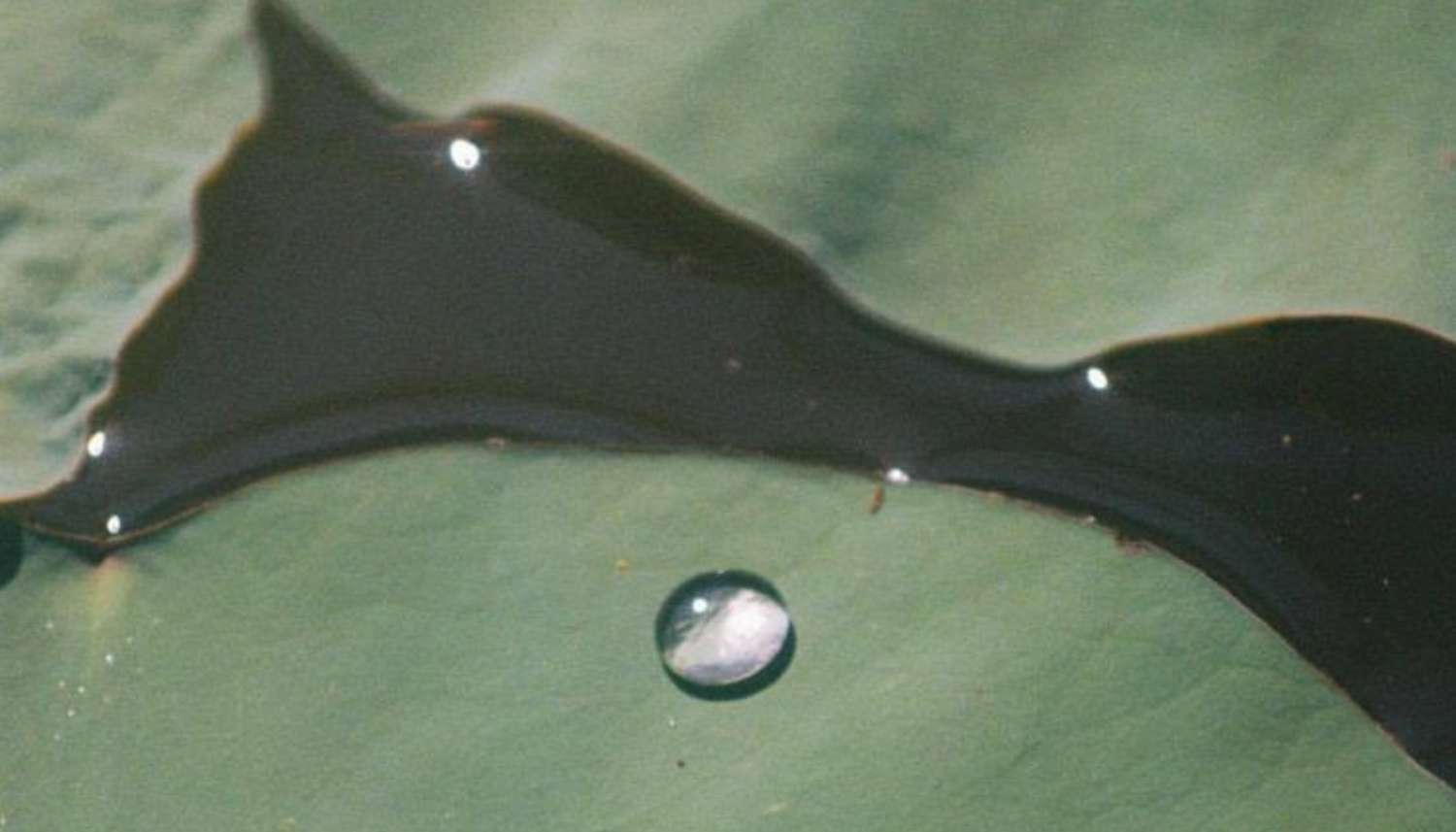Physiological Differences Between Human Male And Female Skin
Sex differences extend beyond what meets the eye, they also reach deep into our skin! Let's explore how males and females are biologically unique in terms of physiological attributes.
Every month, female biology shows its remarkable diversity as hormone levels work to alter skin appearances. A blemish or two can may make their debut a week before a period.[1] Higher levels of estrogen during ovulation cause blood vessels to dilate, resulting in a healthy pink glow during those 3-6 days.[2] And let’s not forget the change of hormones experienced during menopause which can bring with it a range of skin nuances. Female sebum production is lower than male’s, therefore, female skin tends to be more prone to dryness, making it more vulnerable to environmental damage caused by UV rays or pollution.
Male biology signals to thicker skin[3] because of higher collagen and elastin fiber production, both of which are key proteins that keep skin looking tight and plump. This is why males often experience higher wrinkle preservation than females over time. Also, testosterone stimulates sebum production (oil) which helps provide a natural moisture barrier against skin irritants.[4] In addition, males have larger pores that can trap more dirt, while female’s pores are smaller and less visible. Our pores are located in our epidermis and they sweat out toxins and oils to keep our skin healthy.
The pH balance of the skin is also different between sexes. Due to the layer of sebum which helps protect against pollutants, males generally have an acidic pH level on average compared to females which tend to be more alkaline.[5]
It's incredible how hormonal and genetic changes can make such an impact on our skin! When we start to get familiar with the biochemical differences between sexes, it becomes clear that skincare is more about supporting and loving your skin and less about gender.

Your Lifestyle Impacts Skin Health
The way you live your life has a direct impact on the health of your skin. Everything from the food you eat to the amount of stress in your life can cause problems for your skin. That’s why it’s important to take care of yourself and make sure you’re doing everything you can to keep your skin healthy.
Diet is one of the most important factors in skin health. Eating a healthy diet that includes plenty of fruits and vegetables is crucial for keeping your skin looking its best. Eating plenty of fruits and veggies such as carrots, sweet potatoes, kale, spinach, tomatoes and blueberries can provide the body with nutrients needed to improve the elasticity of the skin. The antioxidants found fruits and vegetables help to protect your skin from damage caused by free radicals.[6] Free radicals are unstable molecules that can cause oxidative stress, which can lead to premature aging and a decrease in collagen production.
Exercise is also important for skin health. Exercise helps regulate hormones that can cause acne breakouts and other issues. It also increases circulation,[7] which increases oxygenation of cells leading to improved cellular function and expelling of toxins, resulting in firmer more youthful looking skin. It also helps to reduce stress, which can have a negative impact on the skin. Stress can cause a number of problems for our skin, including acne, inflammation, and a decrease in collagen production. Taking steps to reduce stress levels through daily relaxation techniques such as yoga, mindfulness exercises or meditation can help keep your hormones balanced.
Sunscreen is another important factor in skin health. The sun’s ultraviolet rays can damage the skin, causing wrinkles and age spots. That’s why it’s important to wear sunscreen every day, even if you’re just going for a walk or running errands. Make sure to choose a sunscreen with an SPF of at least 30 and apply it generously.

Exploring the Importance of Gender Neutral Skin Care
As we began adopting an intentional minimalist skincare approach, it became important to us to launch our plant-rich formulas without placing them into pre-defined categories based on gender. Gender neutral skin care takes into account the biological differences between males and females when it comes to skincare needs. While recognizing that people have different hormonal and genetic makeup which can affect their skin differently. This means that what works for one person may not work for another. Gender-neutral packaging can also help reduce the stigma associated with certain skin care products and services.
Our clean beauty products take a clinical approach to skincare rather than a gendered approach. We want your skin care routine to bring you pure joy. So, if your type of joy is a minimal skincare routine, then let us do all the hard work for you! Feel free to take your skin on an adventure without sacrificing luxury! Our high performance skincare formulas make sure you're always ready for the exciting journey ahead.
From Perle D’Eau, a light cream that creates a protective layer and prevents against irritants, to Neige Éternelle, a corrective velvet cream bursting with nourishment and repair elements such as salicylic acid, amino acids and fatty acids, this team is ready to tackle any environmental challenge. When you need an extra boost or are on the go simply use our multi-use serum Éclat de Lait containing chicory root, hibiscus root and glycolic acid to replenish your skin barrier. Get ready brave explorers!
The cosmetic industry has been targeting women for far too long. It's time to break the mold and bring in a new generation of products that welcomes all sexes. That's where we come in. Our gender-neutral products are backed by science and match our love and admiration for nature. Beauty isn’t about labels. It’s about finding what works for you! We can help you get the clear, healthy skin you deserve. Let's ditch outdated gendered standards and raise the bar together! So go ahead, explore our unique formulations today!




